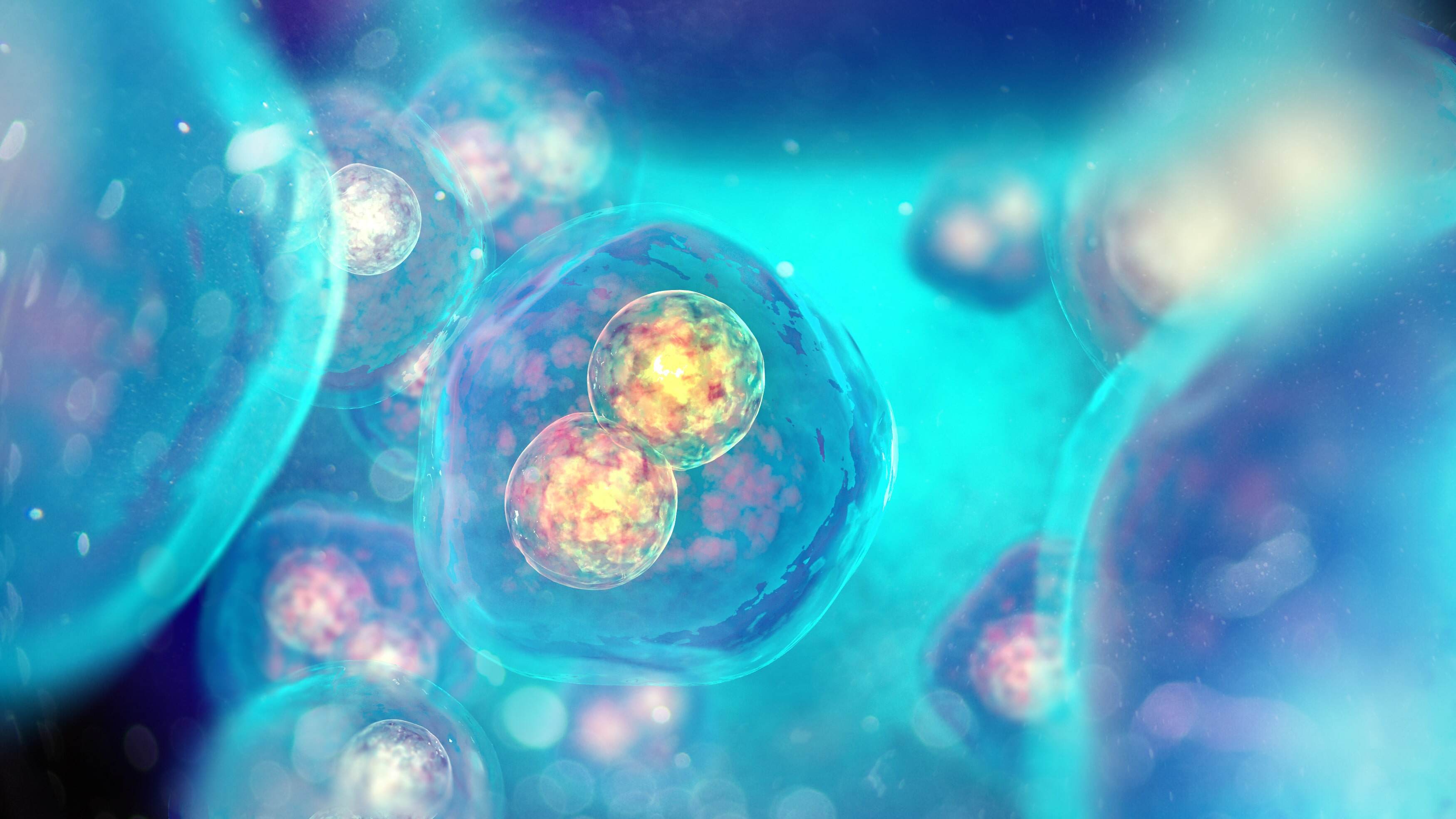
Embryogenesis is a fascinating process that occurs in all organisms that reproduce sexually. It is the development of an embryo from a fertilized egg and involves a series of complex events that transform a single cell into a multicellular organism. This remarkable process is controlled by precise genetic instructions and is regulated by various biological factors.
In this article, we will explore eight astounding facts about embryogenesis that highlight the incredible intricacies and wonders of this developmental process. From the formation of the three germ layers to the development of major organs, embryogenesis is a remarkable journey that shapes the future of every living being.
So, let’s dive into these facts and uncover the astonishing mechanisms that drive embryogenesis and contribute to the diversity and complexity of life on Earth.
Key Takeaways:
- Embryogenesis is the incredible process of how living organisms develop, starting from a single cell and transforming into complex structures through stages like fertilization, cleavage, and gastrulation.
- Hox genes and signaling pathways play crucial roles in ensuring that body structures and organs develop correctly, while environmental influences like teratogens can impact the healthy development of the embryo.
The Journey Begins: Fertilization
The first step in embryogenesis is fertilization, where the sperm and egg fuse to form a zygote. This remarkable union initiates a series of rapid cell divisions, leading to the formation of an embryo.
From a Single Cell to Many: Cleavage
During the cleavage stage, the zygote undergoes multiple rounds of cell division, resulting in the formation of a blastula. Each division produces smaller cells called blastomeres, which eventually give rise to different tissues and organs.
The Magical Process of Gastrulation
Gastrulation is a crucial stage in embryogenesis. During this process, the blastula transforms into a gastrula, with the cells rearranging and differentiating into three distinct layers – ectoderm, mesoderm, and endoderm. These layers serve as the foundation for the development of various organ systems.
The Blueprint of Life: Hox Genes
Hox genes play a vital role in embryogenesis. These genes regulate the development of body structures and organs, ensuring that they form in the correct position and shape. Alterations in Hox genes can lead to significant developmental abnormalities.
A Symphony of Cell Communication: Signaling Pathways
During embryogenesis, precise communication between cells is essential. Signaling pathways, such as Notch, Wnt, and Sonic Hedgehog, orchestrate the development of various tissues and organs by regulating cell fate and tissue patterning.
Morphogenesis: Shaping the Embryo
Morphogenesis is the process through which the developing embryo acquires its characteristic shape and form. Cell movements, changes in cell shape, and tissue rearrangements all contribute to the sculpting of the embryo into its final structure.
It Takes Time: Embryonic Development
Embryonic development is a complex and intricate process that occurs over a specified period. The duration differs among species, ranging from a few hours to several months. Each stage of development brings new changes and milestones to the growing embryo.
Environmental Influences: Teratogens
During embryogenesis, the developing embryo is vulnerable to the influence of teratogens, which are external factors that can cause birth defects. These can include exposure to certain drugs, chemicals, infections, or radiation. Understanding and avoiding teratogenic agents is crucial for ensuring the healthy development of the embryo.
In conclusion, embryogenesis is a remarkable process that encompasses a series of complex events leading to the development of intricate and diverse organisms. The “8 Astounding Facts About Embryogenesis” highlighted in this article provide a glimpse into the intricacies of embryonic development and the factors that shape life itself.
Conclusion
Embryogenesis is truly a remarkable process that allows the development of complex organisms from a single fertilized egg. Throughout this article, we have explored eight astounding facts about embryogenesis that highlight the intricacies of this process.From the remarkable ability of embryonic cells to differentiate into various tissues and organs, to the formation of the neural tube that eventually becomes the brain and spinal cord, each stage of embryogenesis is awe-inspiring. The precise timing and coordination of molecular signals and genetic instructions ensure that the developing embryo grows and matures into a fully functional organism.Understanding the intricacies of embryogenesis not only provides us with insights into our own existence but also has significant implications in fields such as regenerative medicine and developmental biology. By unlocking the secrets of embryogenesis, scientists can work towards new therapies for treating diseases and injuries, as well as gaining a deeper understanding of human development.In conclusion, embryogenesis is a fascinating and complex process that showcases the wonders of life. It is a testament to the incredible abilities of cells and the tightly orchestrated events that shape us from the earliest stages of development.
FAQs
Q: What is embryogenesis?
A: Embryogenesis is the process by which a fertilized egg develops into a multicellular organism, undergoing various stages of cell division, differentiation, and morphogenesis.
Q: How long does embryogenesis take?
A: The duration of embryogenesis varies depending on the species. In humans, it takes approximately 9 months from fertilization to birth.
Q: What is the role of genetics in embryogenesis?
A: Genetics plays a crucial role in embryogenesis as it determines the genetic blueprint that guides the development and differentiation of cells, tissues, and organs.
Q: Can environmental factors influence embryogenesis?
A: Yes, environmental factors such as exposure to toxins, drugs, or certain maternal conditions can affect embryogenesis and lead to developmental abnormalities.
Q: What is the significance of embryogenesis in medical research?
A: Embryogenesis is of great significance in medical research as it helps scientists better understand the causes of birth defects, and develop new strategies for treating diseases and regenerating damaged tissues.
Q: How are stem cells related to embryogenesis?
A: Stem cells are crucial in embryogenesis as they have the ability to differentiate into different cell types, contributing to the formation of various tissues and organs during development.
Q: Can embryogenesis be manipulated?
A: Yes, embryogenesis can be manipulated through techniques such as genetic engineering or altering environmental conditions. These interventions can be used in research or in assisted reproductive technologies.
Q: Is embryogenesis the same in all organisms?
A: No, embryogenesis can differ among different organisms based on their evolutionary history and developmental processes. However, there are common fundamental principles that underlie embryonic development across species.
Embryogenesis is just the beginning of life's incredible journey. Want to explore more awe-inspiring aspects of development? Delve into the world of growth factors and their extraordinary impact on cellular processes. Gastrulation, a magical transformative stage, holds intriguing secrets waiting to be uncovered. Lastly, prepare to be astounded by the BMP signaling pathway's complex role in shaping embryonic structures. Each topic offers a captivating glimpse into the intricate dance of life, from the microscopic to the magnificent.
Was this page helpful?
Our commitment to delivering trustworthy and engaging content is at the heart of what we do. Each fact on our site is contributed by real users like you, bringing a wealth of diverse insights and information. To ensure the highest standards of accuracy and reliability, our dedicated editors meticulously review each submission. This process guarantees that the facts we share are not only fascinating but also credible. Trust in our commitment to quality and authenticity as you explore and learn with us.


